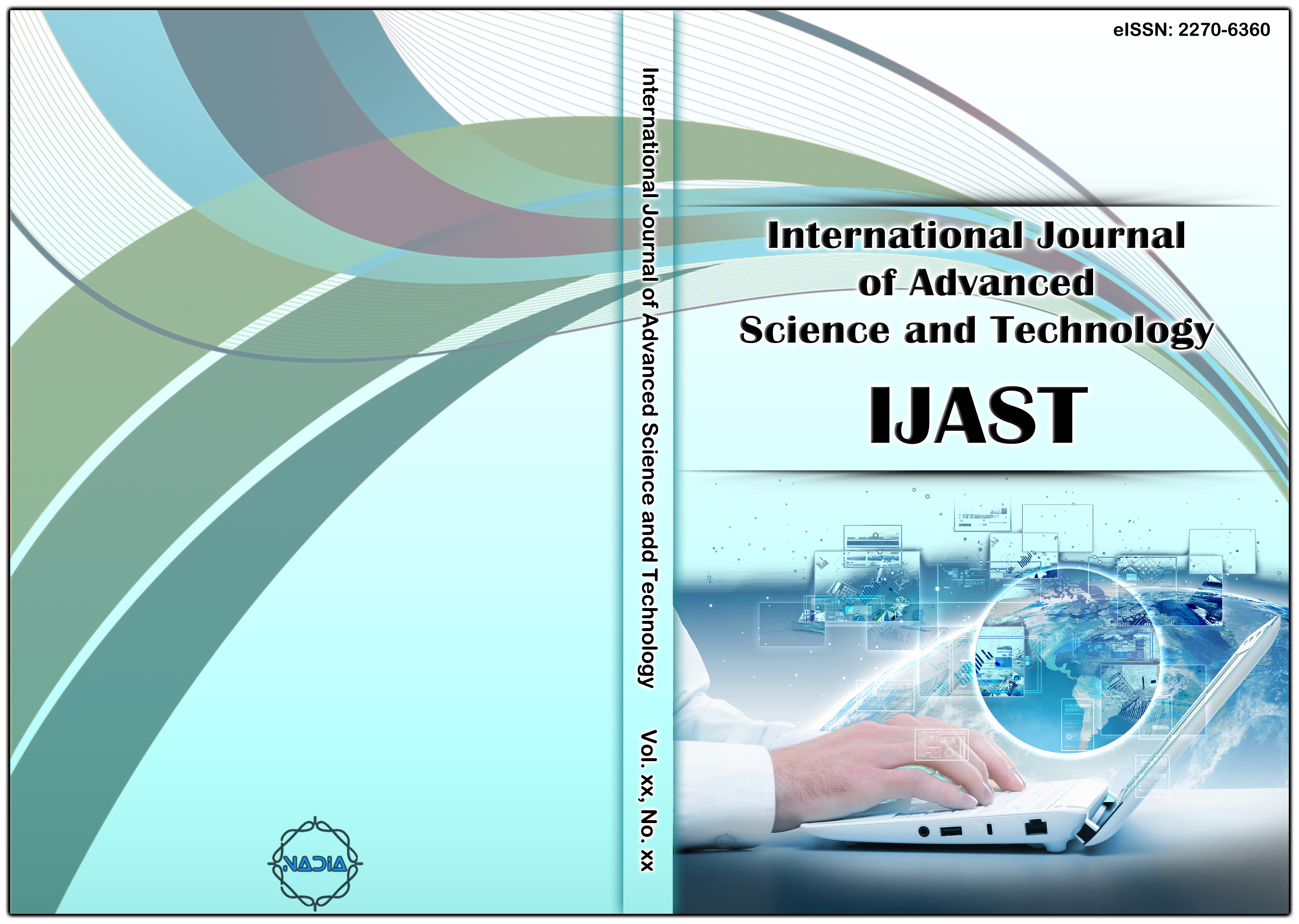[1] Kartawinata, “Dua abad mengungkap kekayaan flora dan ekosistem Indonesia”, Memorial Lecture X, LIPI, Jakarta, (2010) October 15.
[2] Kipkore, W, “A study of the medicinal plant used by the marakwet community in Kenya”, Journal of etnobiology and ethnomedicine. Vol. 9, no. 32, (2013): 337-347.
[3] Nigh, R, “Maya medicine in the biological gaze: Bioprospecting research as herbal fetishism”, Journal Current Antropology, Vol. 43, no. 3, (2002): 451-477.
[4] Fabricant, “The value of plant vised medicine for drug discovery”, Journal environmental health perpective, Vol. 109, no.1, (2001): 69-75.
[5] Torri, M. T, “The jamu system Indonesia: lingking small-scale enterprises, tradisional knowledge and social empowerment among women in Indonesia”, Journal Of Internasional Women’s Studies., Vol. 13, no. 1, (2012): 32-43.
[6] Tuti, M. F, “Etnobotani dan identifikasi tumbuhan obat bagi ibu pasca melahirkan di Desa Krueng kluat Kecamatan Kluat Utara Aceh Selatan”, Prosiding Seminar Nasional, UIN Ar Raniry, Aceh, (2017).
[7] Walsh, L. V, “Beliefs and rituals in tradisional birth attendant practice in Guatemala”, Journal of Transcultural Nursing., Vol. 17, no. 2, (2006): 148-154.
[8] Purwaningsih, “Jamu, obat tradisional asli Indonesia pasang surut pemanfaatannya di Indonesia”, Jurnal Departemen Farmasi., Vol. 1, no. 2, (2013): 85-89.
[9] Mothup, M. C, “Use of herbal medicine during pregnancy among women with access to public healthcare in Nairobi”, Mothupi BMC Complementary and Alternative Medicine, Vol 14, (2014): 432-151.
[10] Mena, “Development the etnobotani river plant to increase the community economic income and biodiversity conservation in Surabaya river in Gresik and Sidoarjo regency”, London, (2014).
[11] Kleinman, A, “Patient and healers in the context of culture: An exploration of the borderland between anthropology, medicine, and psychiatry”, Berkeley, University of California (2000).
[12] Faturrahman, “Etnobotani studi of “Kaili Inde” tribe in central Sulawesi Indonesia” Emirates journal of food and agriculture., Vol. 28, no.5, (2016): 337-347.
[13] Suryadarma, “Konservasi keanekaragaman hayati dan pengetahuan lokal herbal’’, Makalah Seminar Nasional., Yogyakarta, Persatuan Biologi Indonesia, (2010).
[14] Damatubun, A. E, “Culture, Papuanes helth in perspectif Antropologi medicine”, Juornal Antropologi Papua, Vol. 1, no. 1, (2002).
[15] Bhasin, “Medical antropology”, Journal ethno medicine, Vol. 1, no. 1, (2007): 1-20.
[16] Daval, “Conservation and cultivation of ethno medicinal plants in Jharkhand in trivedi P. C. Medical plants utilization and convervation”, Aaviskar publishers distributor Jaipur India., Vol. 1, no. 2, (2009): 130-136.
[17] Walujo, “Etnobotani : memfasilitasi penghayatan pemutakhiran pengetahuan dan kearifan lokal dengan menggunakan prinsip-prinsip dasar ilmu pengetahuan”, Prosiding seminar nasional etnobotani IV., Cibinong Science Center LIPI. 12-20, (2009).
[18] Purwanto, “Study: etnomedisinal dan fitofarmakope tradisional Indonesia”, prosiding seminar nasional II tumbuhan obat dan aromatic, LIPI Bogor, (2002).
[19] Silalahi, “The local knowledge of medicinal plants trader and diversity of medicinal plants in the kabanjahe tradisional market, North Sumatra Indonesia”, Journal etnopharmacology., Vol. 175, (2015): 432-443.
[20] Sujarwo, “Ethnobotanical study of loloh: tradisional herbal drinks from Bali (Indonesia)”, Journal ethnopharmacology, Vol. 169, (2015): 34-48.
[21] Salick, J, “Whence useful plants? A direct relationship between biodiversity and useful plants among the Dusun of Mt. Kinabalu”, Journal Biodiversity and Conservation, Vol. 8, no. 6, (1999): 797-818.
[22] Ardan “The use medical plants by the villagers kubang Nan Rao, in West Sumatra”, The nasional seminar ethnobotany, Denpasar Bali, (2000).
[23] Hoang, “Tradisional medicine plantin Ben En national park Vietnam”, Blumea., Vol. 53, (2007): 569-601.
[24] Mahyar, “Medicinal plants of eberida (Riau Province, Sumatra, Indonesia”, Journal of ethnopharmacology, Vol. 31, no. 2, (1991): 217-237.
[25] Rahayu, “The use of plants as traditional medicine by the local communities in Bukit Tiga Puluh national park, Riau”, The national conference of Indonesia medicinal plants Surabaya., Indonesia, (2000).
[26] Susiarti, “Medicinal plant diversity in the tesso nilo national park, Riau Sumatra Indonesia”, Reinwardtia, Vol. 12, no. 5, (2008): 383-390.
[27] Hariyadi, B, “The entwined tree: tradisonal natural resource management of Serampas, Jambi Indonesia”, disertations, University of Hawai’I at Manoa publishing, (2008).
[28] Guba, E. G., & Lincoln, Y. S, “Effective evaluation: Improving the usefulness of evaluation results through responsive and naturalistic approach”. San Fransisco: Josscy-Eass Publishers, (1991).
[29] Creswell, J, “Research design: pendekatan kualitatif, kuantitatif, dan mixed”, Yogyakarta, Pustaka Pelajar, (2015).
[30] Tashakkori, A., & Teddlie, C, “Mixed methodology”, Yogyakarta, Pustaka Pelajar, (2010).
[31] Creswell, J. W, “Research design: Qualitative and quantitative approaches”, California: Sage Publications, (1994).
[32] Miles, M. B., dan Huberman, A. M, “Qualitative Data Analysis”, California, Sage Publications, (1994).
